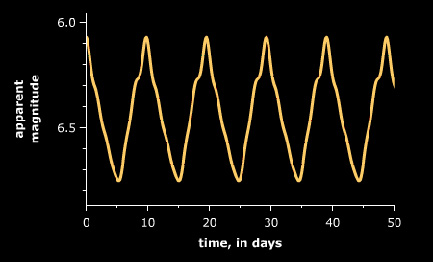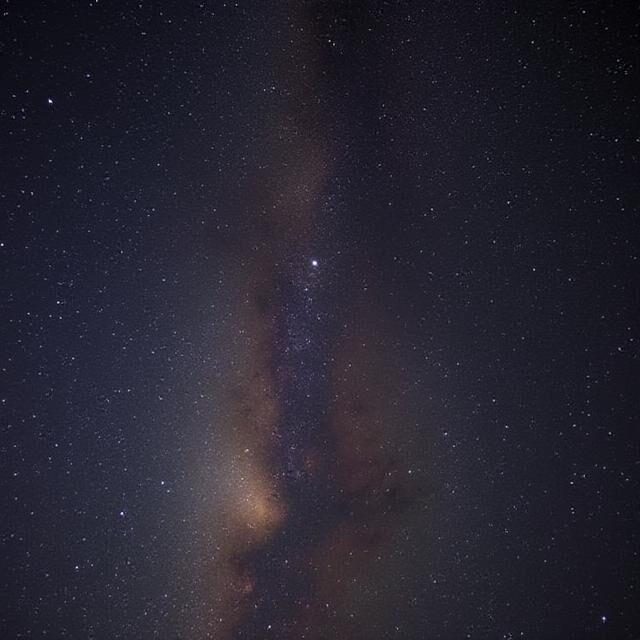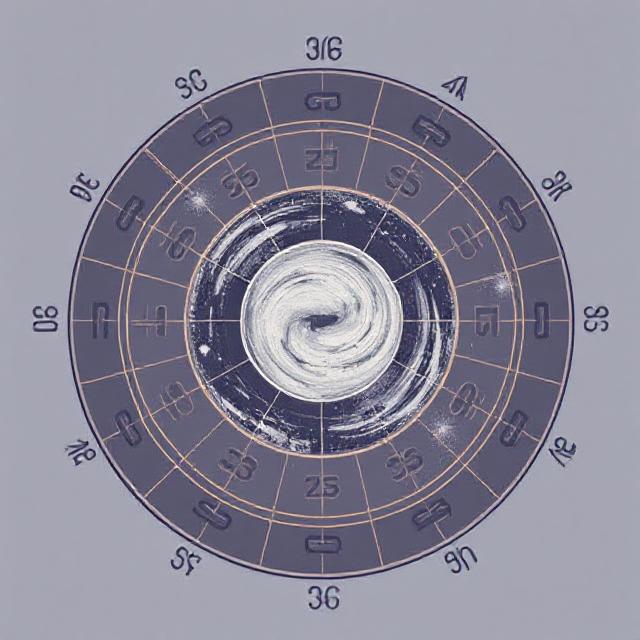Determining Distance with Cepheid Variable Stars


Unveiling the Cosmos: The Role of Cepheid Variables in Distance Measurement
The universe is vast and mysterious, but Cepheid variable stars offer a beacon of light in understanding its scale. These stars, known for their regular pulsations, provide a unique method for measuring astronomical distances, a technique that has transformed our perception of the cosmos.
Understanding Cepheid Variables
Cepheid variables are a special kind of star that exhibit regular changes in brightness. This pulsation cycle is not random; rather, it correlates directly with the star’s intrinsic, or true, brightness. The longer the pulsation period, the more luminous the star. This fundamental relationship, known as the Leavitt Law, was first identified by Henrietta Swan Leavitt in the early 20th century while she was cataloging stars at Harvard University.


The Leavitt Law: A Cosmic Ruler
Imagine having a ruler that expands as you measure larger objects. This is akin to how the Leavitt Law functions in astronomy. By measuring the period of a Cepheid’s brightness cycle—from bright to dim and back to bright—astronomers can determine its intrinsic luminosity. This intrinsic brightness is crucial because it is a fixed property, unlike apparent brightness, which can vary depending on the observer’s location.
From Apparent to Absolute: Calculating Distances
To calculate the distance to a Cepheid variable, astronomers need to measure both its intrinsic and apparent brightness. Apparent brightness is how bright a star appears from Earth. By comparing this with the intrinsic brightness, scientists can determine how far away the star is. This method is similar to observing a light bulb; a bulb’s brightness remains constant, but it seems dimmer as you move farther away.
The relationship between brightness and distance is governed by the inverse square law of light, which states that brightness diminishes with the square of the distance (1/d²). Armed with the intrinsic brightness from the Leavitt Law, astronomers can apply this formula to accurately gauge the distance to these celestial bodies.
Why Cepheids Matter
The significance of Cepheid variables in astronomy cannot be overstated. These stars serve as cosmic yardsticks, enabling scientists to map the universe and unlock the secrets of distant galaxies. By providing a reliable method for distance measurement, Cepheids have become instrumental in expanding our understanding of the vast, intricate tapestry of space.
In essence, Cepheid variables are not just stars; they are the navigational beacons that guide our exploration of the universe, helping us traverse the cosmic oceans and uncover the mysteries that lie beyond our reach.
By integrating the knowledge of Cepheid variables into astronomical practices, we continue to unravel the complexities of our universe, one pulsating star at a time.










